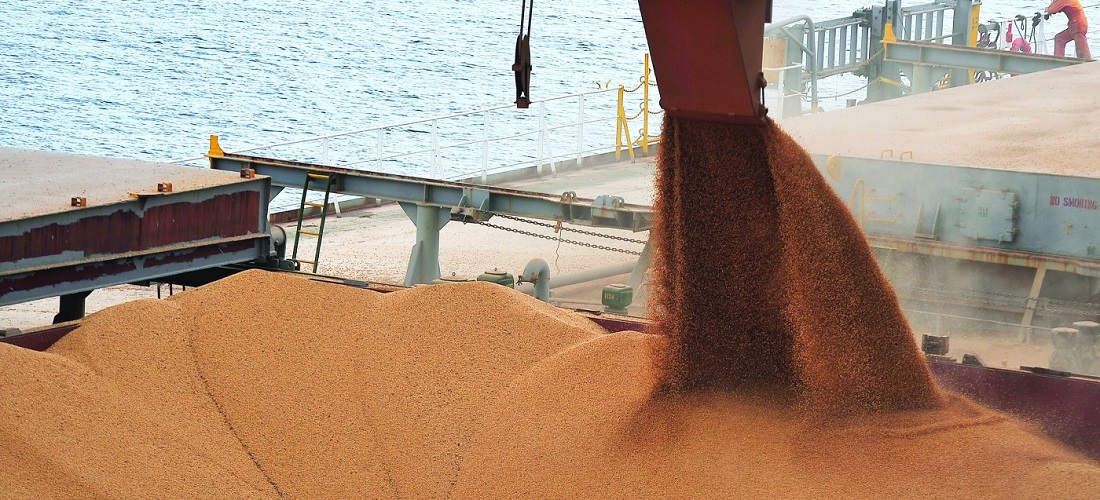
Record grain harvest boosts freight costs and dependency on road transport
Jan, 28, 2021 Posted by Ruth HollardWeek 202104
According to a study carried out jointly by the Group of Research and Extension in Agroindustrial Logistics (ESALQ-LOG), Escola Superior de Agricultura Luiz de Queiroz (ESALQ/USP), and the United States Department of Agriculture (USDA), Brazilian agribusiness depends a little less on roads today than it did in the past. Even so, in exports, mainly of soy and corn, the importance of roads has grown in the country,
The dependence on road transportation for soy dropped from 74.7% in 2010 to 67.4% in 2019. In contrast, railway handling increased from 20.2% to 24%, while waterway handling increased from 5.1 % to 8.6% in the same period.
Considering only soy exports, however, the share of the road modal rose from 44.7% (2010) to 49.1% (2019). In the same period, the use of railways fell from 47% to 38.3% and that of waterways grew from 8.3% to 12.6%.
In the case of corn, the study shows that the trucks sent most of the grain from the farm to the main destinations (domestic and ports), accounting for almost 69% of the total handling in 2019. Handling by railways and waterways was 21% and 10%, respectively.
The participation of highways in the transportation of corn fell from 83.8% in 2010 to 69.2% in 2019. However, in cereal exports, the dependence on road transportation rose from 20% to 31%, while that of waterways increased from 2.5% to 19.5%. The weight of the railways, in turn, decreased from 77.5% to 49.5%.
According to the survey, the average distance traveled by truck to take soybeans and corn from farms to any destination other than the rail and barge terminals is 357 kilometers. Corn travels an average distance of 1,258 kilometers by railway, and soybeans,1,047 kilometers.
Higher freight
According to the “Annual Freight Report – Road Transport in Brazil”, produced by the online cargo-transport platform, Fretebras, the record grain harvest last year boosted demand for freight in the agricultural sector. When considering all freight coming from this sector, the study volume was 71.3% higher than in 2019.
Considering all the volume handled, despite the atypical year due to the pandemic, the road cargo transportation sector had a positive result in 2020. The volume of freight registered in the country increased 62% in comparison with 2019.
According to the study, the biggest impact of the pandemic on the transport sector in 2020 was felt in the first half of the year. From the first to the second quarter, there was a drop of 8% in freight. The reduction occurred at the exact moment when the social distance measures were imposed due to the Covid-19 pandemic.
However, the arrival of the third quarter, with a record increase driven mainly by the record harvest of agricultural products, contributed to a freight volume that was twice as high as in the same period in 2019, registering an increase of 102%.
Sources: Valor Econômico and Canal Rural
-
Ports and Terminals
Nov, 25, 2022
0
Fertilizers keep coming at a rapid pace to the ports of Paranagua and Antonina
-
Trade Regulations
Mar, 24, 2020
0
South American countries work together to guarantee food supply during the pandemic
-
Ores
Mar, 26, 2019
0
Vale halts operations at Alegria mine
-
Blog Statistics (ENG)
Jul, 17, 2023
0
OTI Ranking | DataLiner | Jan-May 2023 vs. Jan-May 2022 | Brazil and Plate


